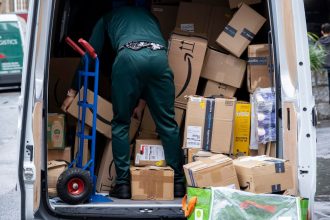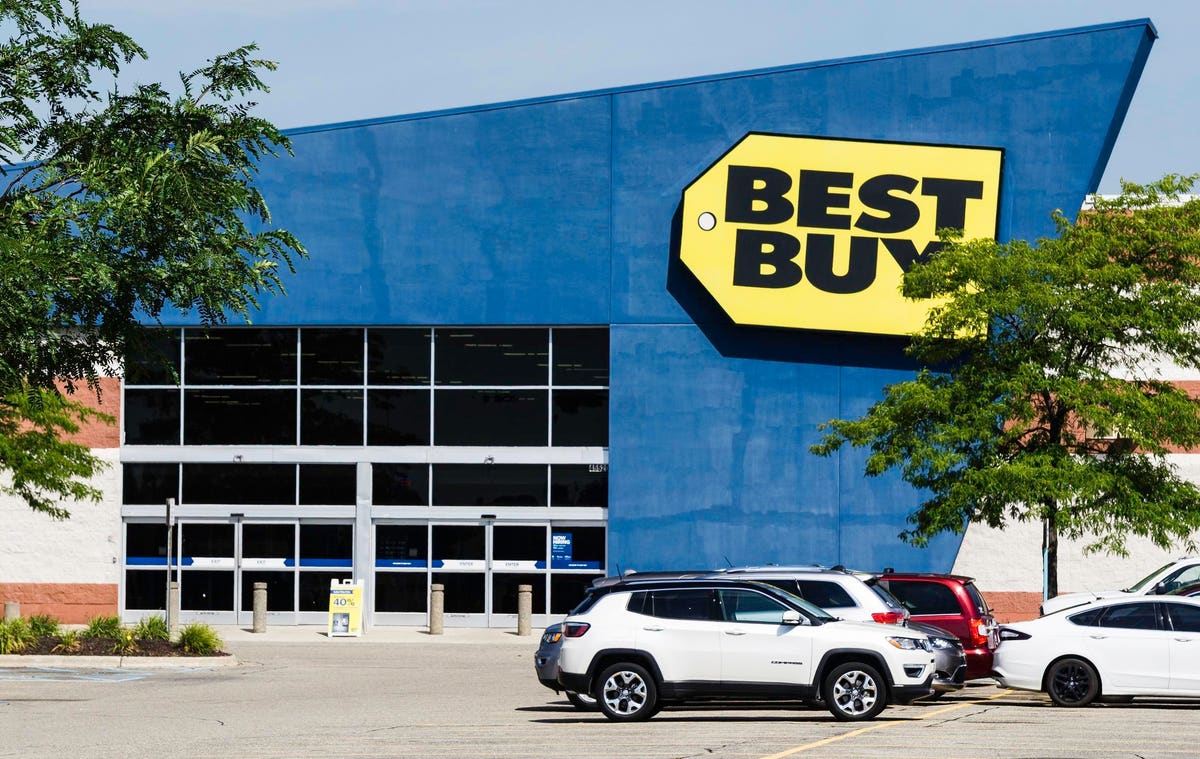This week Best Buy surpassed already tempered second-quarter sales expectations and lowered the top end of its sales outlook for the year. Guidance for the third quarter suggests the back-to-school shopping season has been slow, impacted by a change in consumers’ discretionary spending, as experiences and vacations have taken priority over the purchase of big-ticket items. That was compounded by the “pull-forward” of spending on computers and entertainment systems during the pandemic.
Best Buy’s Chief Executive Officer Corie Barry did have reasons for optimism. “We continue to expect that this year will be the low point in tech demand after two years of sales declines. Next year the consumer electronics industry should see stabilization and possibly growth.”
The other noteworthy report was that while retailers Target, Dick’s, Walmart, and others have emphasized the significant uptick in theft, Best Buy has not experienced same. Why not?
A Seasoned Approach to Deterring Theft
During Tuesday’s earnings call Best Buy’s CEO Corie Barry noted that while in certain parts of the country, break-ins have spiked, “losses due to theft, fraud, or other causes — have remained relatively stable over the last several years.” In fact, “shrink as a percentage of Best Buy’s overall revenue is nearly where it was pre-pandemic, she said.
That is in strong contrast to Dick’s second quarter earnings report a week prior where the company blamed the increase in “shrink” or “shrinkage” for the dramatic drop in second-quarter profits. The report caused Dick’s stock price to plunge 25%, and has remained depressed since.
One-Way In and Out
Barry began to elaborate on why Best Buy has bucked the organized retail crime trend. “We usually just have one entrance in our stores, we tend to have less self-checkout, and we have a very high digital penetration at 33%,” she said, referring to the share of sales completed online versus in stores.
Self-checkout is often blamed as a driver of theft. While self-checkout can save on labor it also means there are less “eyes” on the goods.
Barry said Best Buy employs asset-protection staff at its front doors. These are associates who are specially trained to handle security threats, such as theft. Notably Costco, which also employs staffers at its store entrances and exits, said in May that it hasn’t seen any major spikes in shrinkage.
Barry added that Best Buy often has more “floor coverage” than other retailers — meaning more employees are present on the sales floor. Fewer entrances mean fewer options for thieves to escape with carts of stolen goods. It is also worth noting that unlike many of the other big box retailers, sightlines within most of their stores are more open, making it easier for sales associates to oversee what’s going on.
Securing Merchandise
While many retailers have had to lock up goods that are particularly prone to theft, Best Buy has taken a different “theft-deterrent” approach. The company has invested in displays and digital tools that allow customers to scan items for pickup within minutes.
It is important to note that given the “high-ticket” nature of Best Buy’s products, security has been a core focus for the company for many years. And according to Barry “It’s really embedded in the culture.”
Read the full article here





